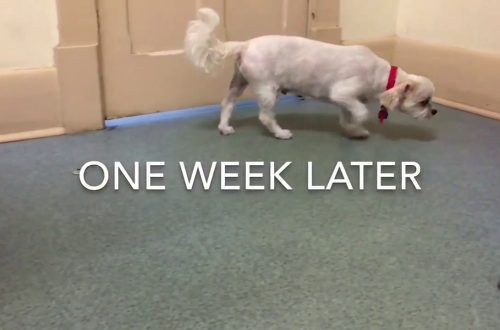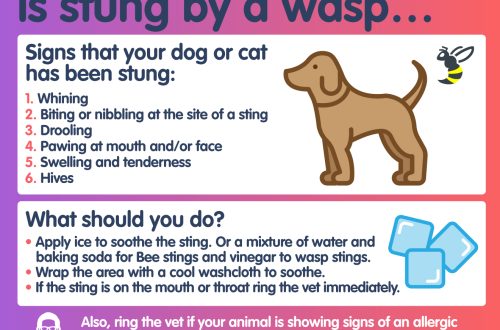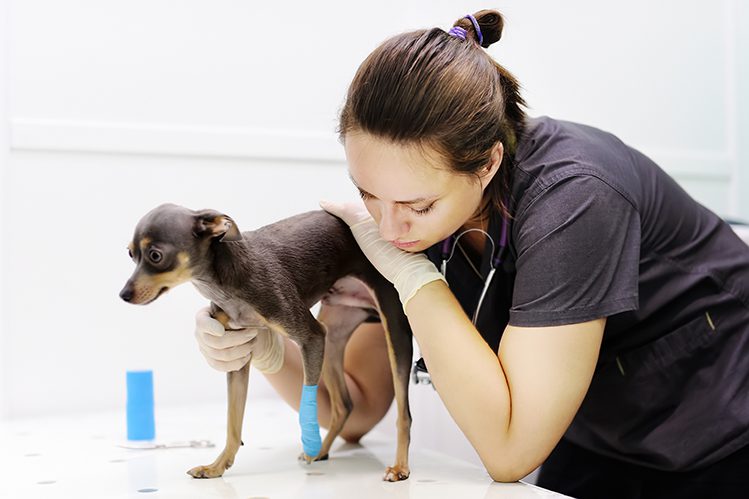
How to Protect Your Dog’s Joints?
Joint problems cause great discomfort to the dog and negatively affect its life in general. Experiencing pain, the dog loses its inherent mobility and cheerfulness. Without timely treatment, the disease will become more severe. As with all health issues, the problem is easier to prevent than to treat. Let’s take a look at how to protect your dog’s joints together.
Joint Diseases in Dogs
There are many diseases of the joints, and they all manifest themselves in different ways. It is not necessary that a dog with a diseased joint will howl in pain and be unable to lean on the diseased limb. In the early stages, joint problems can be overlooked: the dog simply loses its characteristic activity, lies more, becomes lethargic.
Noticing something wrong with the pet, a caring owner should contact a veterinarian. In matters of health, it is better to play it safe. The veterinarian will examine the dog and, if necessary, prescribe treatment.
In mild cases, rest and care is enough to treat the joint, and in difficult cases, surgery and long-term drug therapy are possible. The treatment regimen depends on the specific disease, the cause and its severity.
The most common diseases are:
arthrosis – diseases of the joints that occur due to damage to the cartilage tissue,
arthritis – diseases of the joints of an inflammatory, rheumatoid or mixed nature,
hip dysplasia, elbow joint – abnormal development of the joint.
It is a mistake to assume that these and other joint diseases occur only in older dogs. In practice, dogs of all ages and breeds suffer from them, and a lot of reasons can provoke a disease: from a genetic predisposition to injuries and an unbalanced diet.

“Genetics and diet are the most important factors influencing the joints of pets.” — Kaylin Heinze, renowned veterinarian and nutritionist.
Prevention of joint diseases
“The problem is easier to prevent than to eliminate the consequences,” these words are especially relevant in relation to health. So it is with the joints: if you provide the dog with proper care from birth, the risks of developing diseases are minimized. Where to start?
- Responsible breeding
The tendency to diseases of the musculoskeletal system is laid down at the genetic level. Unfortunately, a huge number of puppies suffer from birth due to unprofessional selection. That is why experts recommend purchasing purebred puppies from professional breeders, and in the case of a hereditary predisposition to diseases, enlist the support of a specialist and observe proper care from the first weeks of a baby’s life.
- Balanced diet
Joint health is impossible without the proper functioning of bones, cartilage, tendons, ligaments and the muscular system. And their healthy work is impossible without a regular balanced diet. If the dog does not receive a full range of nutrients daily, there is a deficiency of vitamins and minerals, and at the same time problems with the musculoskeletal system.
Take care of a quality balanced diet for your pet. The diet should take into account the breed and individual characteristics of a particular dog at a particular life stage. Discuss the diet with your veterinarian.
- Optimal exercise
Some dogs need active exercise like air, while others are more suitable for a leisurely walk. Pets with an elongated body (for example, dachshunds and corgis) are contraindicated in jumping from high surfaces. Excessive physical activity is also harmful for puppies of large breeds: their bones grow very quickly and in the first months of life they are not able to withstand a strong load. These points should be studied by the owner at the stage of breed selection.
Inappropriate physical activity is a direct path to joint problems.
- Protection against injury and hypothermia
Injuries and hypothermia can also lead to inflammation of the joints. Try to protect your pet from them. Don’t let your dog sleep in a drafty, hard, cold surface so he doesn’t get cold and his joints get stressed from touching the hard floor. For the house, get a special bed.
When walking your dog in winter, avoid ice: a dog, like a person, can slip and injure himself. In severe frost, shorten the time of the walk so that the dog does not get cold and its joints do not become inflamed.
- Prevention of excess weight
Excess weight is a huge load on the musculoskeletal system, which also leads to joint diseases. Monitor your dog’s diet and provide her with optimal exercise.
- Prompt contact with a veterinarian
If you suspect a disease, contact your veterinarian. Get a preventive veterinary check-up at least once a year.
In the early stages of the disease, it is easier to cure, and the consequences for the body will be minimal.
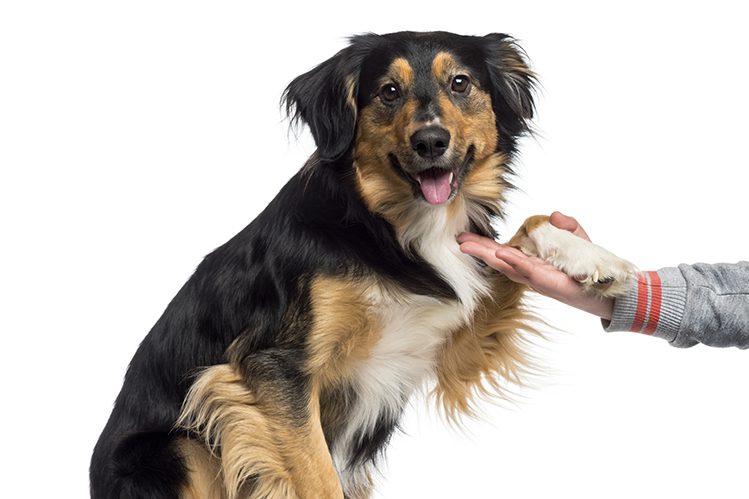
How to help a dog with joint pain?
- Contacting a veterinarian
The first thing the owner of a sick dog should do is contact a veterinarian. He will make a diagnosis and prescribe a treatment regimen. To eliminate the disease, it must be strictly adhered to. Even if the dog already feels better, the treatment must be continued according to the scheme, otherwise the inflammation may return.
- Diet
For dogs with joint diseases, special therapeutic diets are recommended. For example, for osteoarthritis and arthrosis, dogs are given the Joint Mobility Monge diet with Boswellia Serrata extract to maintain healthy joints and superoxide dismutase to prevent oxidative stress. The choice of diet should be agreed with the veterinarian.
- We regulate the load
If, in case of injuries, activity needs to be limited, then in old age, the joints of dogs are recommended, on the contrary, to “walk around”. Be sure to consult on this issue with your veterinarian: what load does your dog need at the stage of treatment and in the future? She may benefit from swimming or special therapeutic exercises.
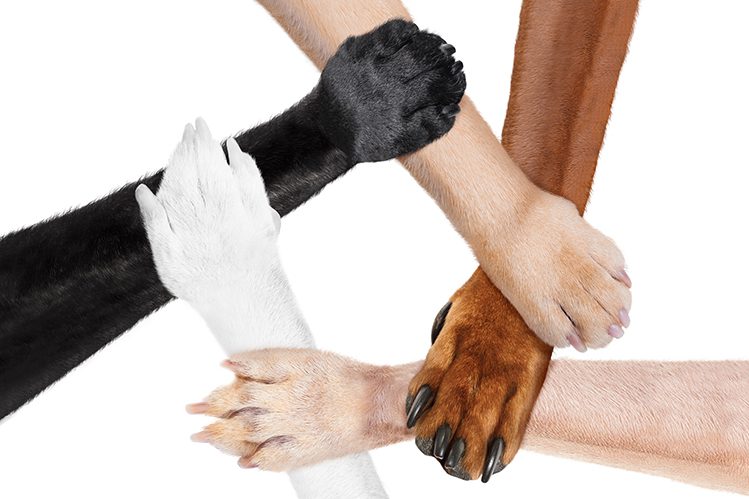
We hope these recommendations will help you adjust your pet care and give him a healthy, long and active life!



